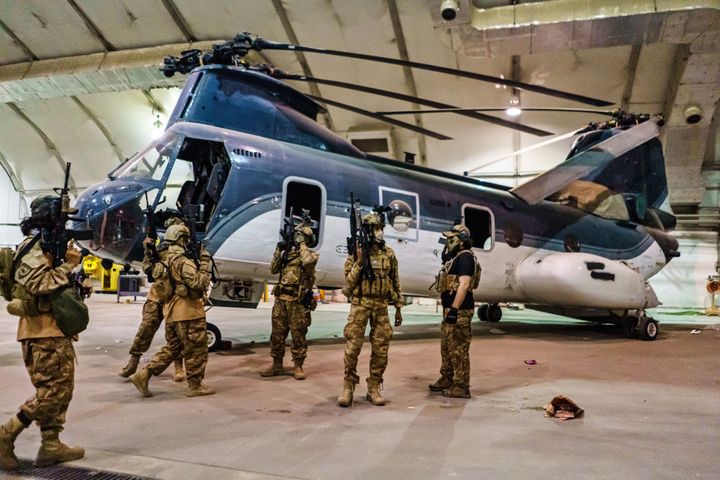
US troops left sophisticated military equipment behind in Afghanistan following their speedy departure, meaning it is now under Taliban control.
The US completed its evacuation from Afghanistan on Monday, August 30 – hours before the deadline first set by US president Joe Biden and then enforced by the Taliban, who took over the country two weeks ago.
The Taliban may also be able to seize the aircraft, armoured vehicles and defence systems left behind by the American forces for their own purposes.
But Marine General Kenneth McKenzie, the head of US Central Command, claimed this equipment was “demilitarised” before the US exit, meaning it should be inoperable.
It’s thought the equipment may have been ruined by thermate grenades or blown up, according to USA Today.
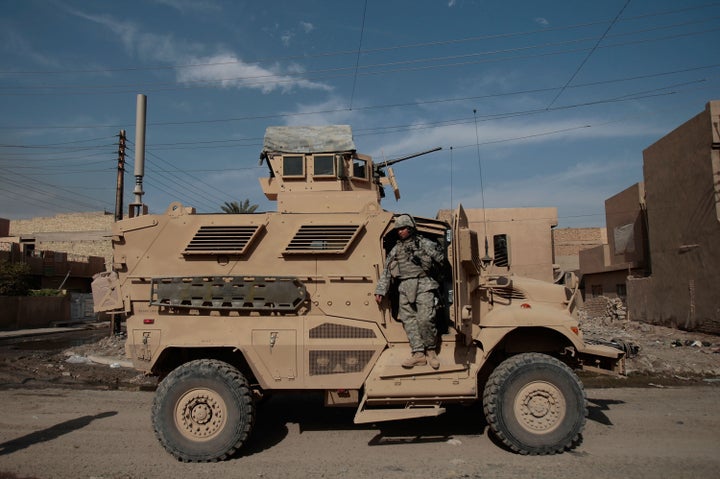
McKenzie revealed on Monday that 70 MRAPs – Mine Resistant Ambush Protected vehicles – were left in Afghanistan. These were used to stand against explosive devices and cost approximately $1 million (£730,000) each.
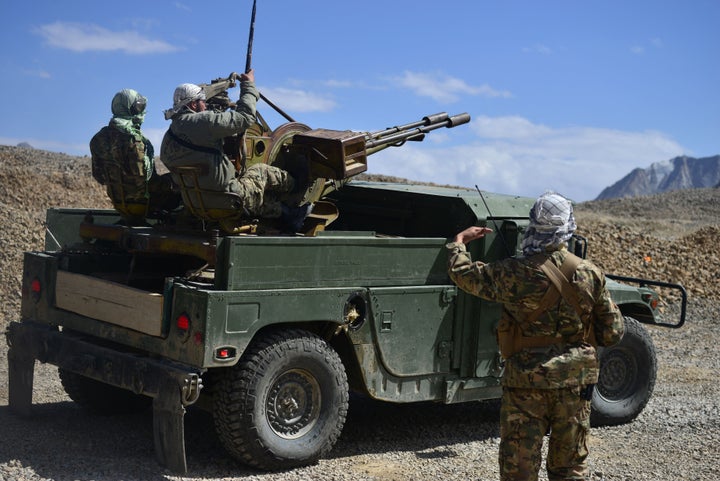
He also said 27 Humvees, light vehicles which are less vulnerable to IED attacks and thought to cost a third less than MRAPs, were left in Afghanistan.
The troops left 73 aircrafts on the airstrip, although McKenzie claimed: “Those aircraft will never fly again.”
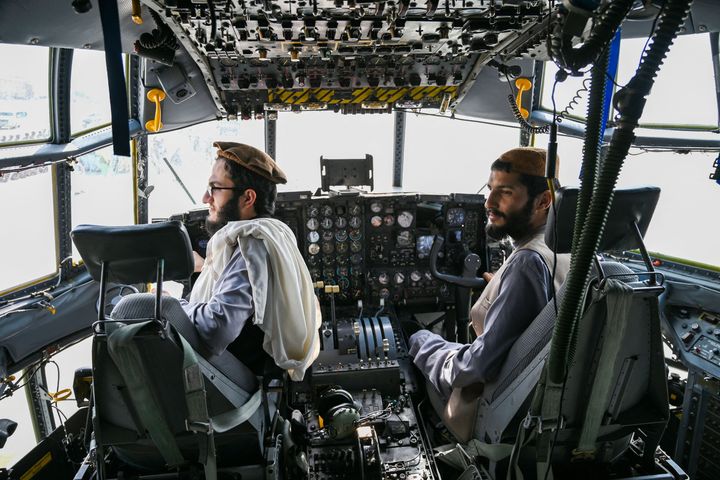
McKenzie did not break down how many Counter-Rocket, Artillery and Mortar system units, which shoot down incoming rockets and artillery and cost $10 million (£7.3million) were left behind.
White House press secretary Jen Psaki defended the decision to leave such weaponry behind, explaining: “Certainly, our objective was not to leave them with any equipment but that is not always an option when you are looking to retrograde and move out of a war zone.”
But she said this equipment would likely be displayed by the Taliban as trophies rather than operational weapons.
Last week, a video circulated online which shows the Taliban attempting to fly a US Black Hawk chopper. They could not get it off the ground.
Still, the Taliban are said to now have $18 billion (£13 billion) worth of weapons and vehicles, including 200,000 firearms and 20,000 Humvees, which they took from the Afghan Army.
The Pentagon has also admitted as many as 250 Americans who wanted to leave Kabul are still stuck there. It’s unclear if they will become targets for the Taliban now there is no protection from US military.
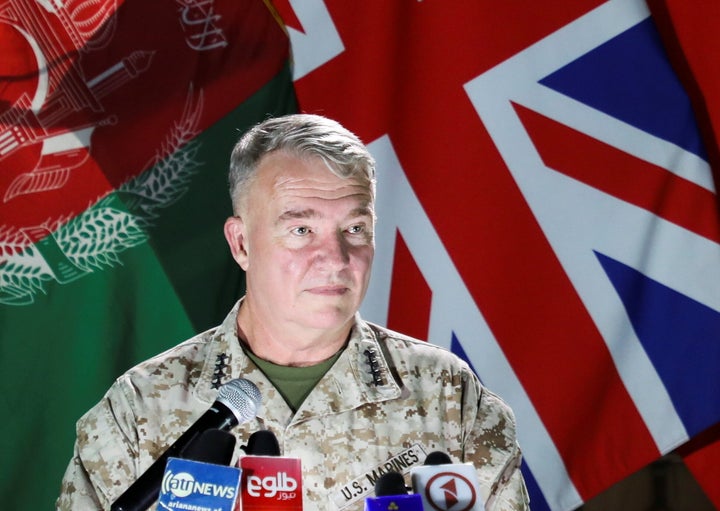
McKenzie acknowledged the people left behind too, explaining: “There’s a lot of heartbreak associated with this departure.
“We did not get everybody out that we wanted to get out. But I think if we stayed another 10 days we wouldn’t have got everybody out...and there still would’ve been people who would’ve been disappointed.”
The BuzzFeed Afghanistan Relief Fund
HuffPost and BuzzFeed are committed to leveraging our platforms to support the people of Afghanistan. The BuzzFeed Afghanistan Relief Fund supports a variety of organisations providing basic necessities, education and protection to displaced and at-risk Afghans, including Afghan journalists. If you’re able, please donate here.
